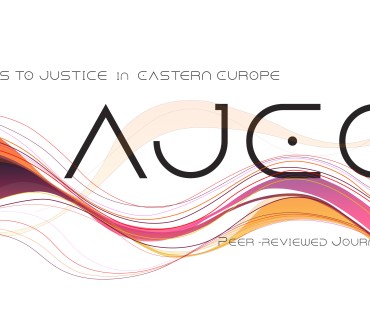Summary: 1. Introduction. – 2. Methodology. – 3. The Conceptual Relationship Between Extremism and Terrorism. – 4. The Concept of Ecological Extremism. – 5. Criminal Law Qualification of Ecological Extremism – 6. Conclusions.
Background: In recent years, climate change and environmental degradation have given rise to new forms of civic activism aimed at pressuring governments and corporations to take urgent action to protect the environment. While most environmental movements operate within the bounds of the law and democratic principles, a minority of activists resort to more radical and disruptive methods when they perceive existing legal and political processes as too slow or ineffective. This phenomenon, commonly referred to as ecological extremism, does not typically aim to overthrow democratic governance but rather seeks to accelerate environmental policy changes through acts of civil disobedience and sometimes illegal direct action. Despite its growing relevance, the legal aspects and boundaries of ecological extremism remain underexplored, particularly in the context of Central and Eastern Europe.
Methods: This article employs traditional methods of legal scientific (jurisprudential) research, combining general scientific methods with methods specific to the field of legal science. Among the general scientific methods applied in this article are primarily logical methods, namely the methods of analysis, synthesis, and description. The method of analysis was used in relation to relevant legal provisions, mainly Section 140, 140a and 140b of the Slovak Criminal Code, and also in relation to doctrinal sources such as various legal commentaries and monographs, studies, scientific articles, and relevant reports. The method of synthesis is closely related to the method of analysis and complements the analytical approach. The descriptive method was employed to define and clarify the concept of ecological extremism. As for the special methods of legal science, the comparative method was predominantly used, facilitating the exploration of the relationship between extremism and terrorism, as well as the concept of ecological extremism and related terms.
Results and Conclusions: For the purposes of further research on ecological extremism, it was first necessary to address the concept itself and related concepts such as ecoterrorism, ecofascism, as well as contrasting concepts like environmental terrorism and ecocide. For the purposes of this article, it is concluded that ecological extremism should be understood as a form of ecologically motivated conduct that exceeds the boundaries of lawful activism but does not necessarily meet the criteria for terrorism. It is distinguished from ecological activism primarily by its radicalised ideology, the use of illegal methods, and the rejection of institutional forms of environmental protection. To illustrate and clarify the distinctions between concepts related to ecological extremism, an overview table has been presented.
As for the criminal law classification of ecological extremism, it has been concluded that it is difficult to envisage ecological extremism falling within the scope of crimes classified as extremism under the Slovak Criminal Code. However, it is conceivable that any crime committed with an ecological motive could be included among crimes of extremism. Currently, however, Slovak criminal law does not recognise such a specific motive. An ecological motive itself does not alter the legal qualification of the act, but it may be relevant when assessing the nature of the crime and determining the sentence. De lege ferenda, the ecological motive could form part of a privileged element of a crime, thus lowering the applicable sentence, or it could be explicitly recognised as a mitigating circumstance.

